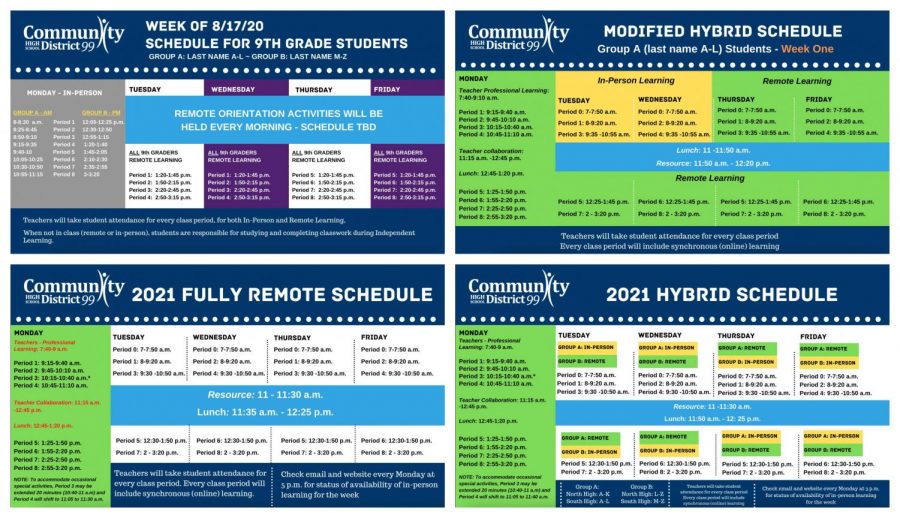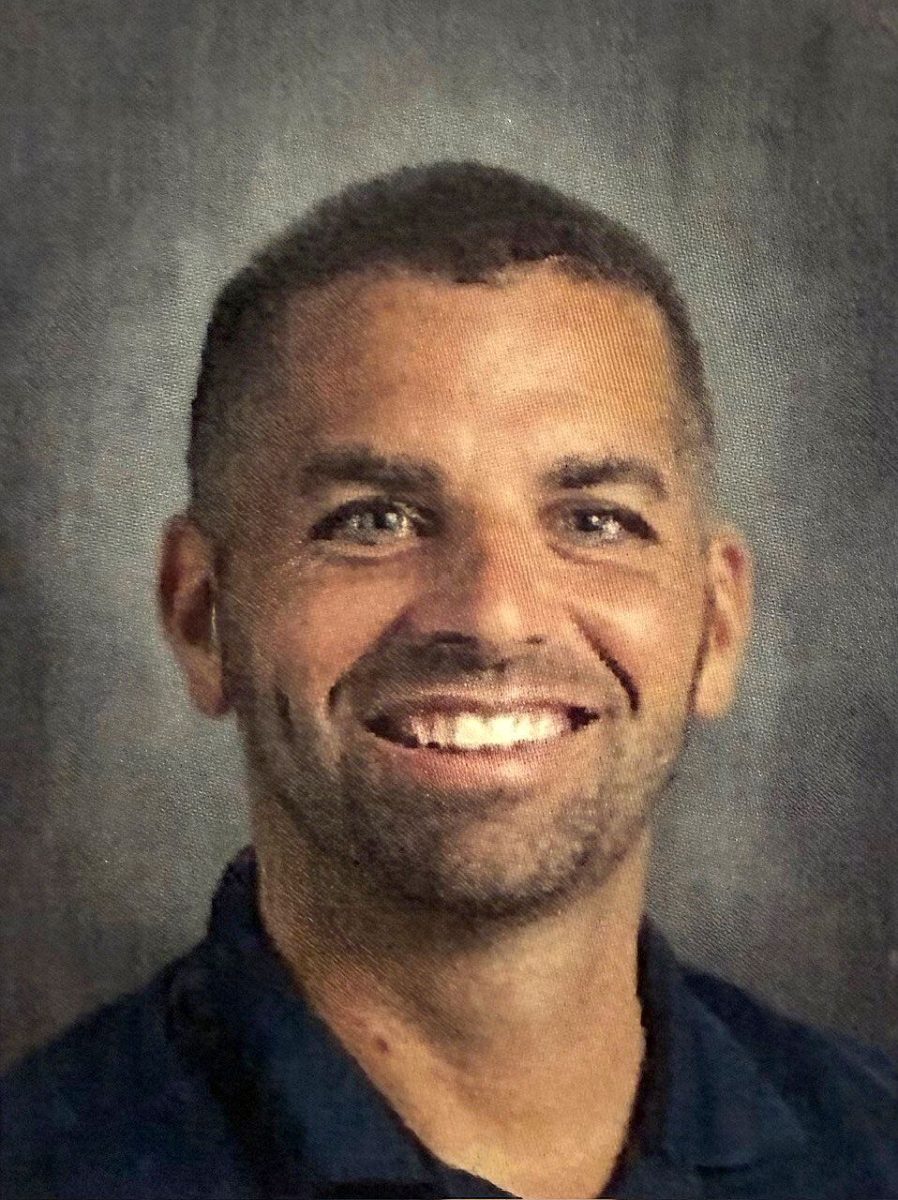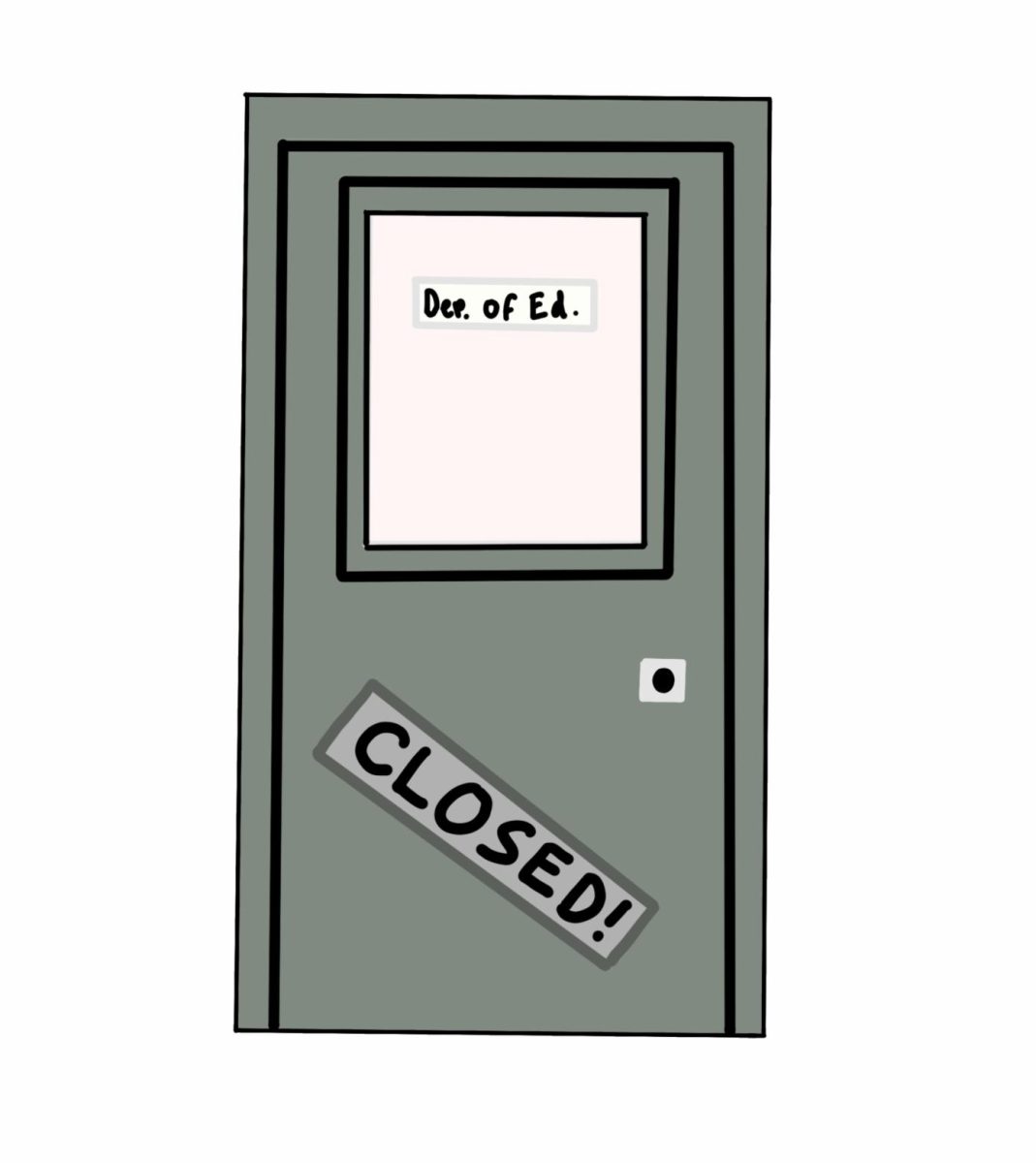DGN, DGS students express mixed feelings about this year’s schedules, share hopes for fourth-quarter changes
Photos provided by District 99
THE YEAR IN SCHEDULES: different variations of hybrid and fully remote schedules have been in place all year, and by the end of tonight’s Board meeting a decision will be finalized for which more aggressive model will be implemented after spring break.
March 15, 2021
*This article was written by editors from the Omega as well as from DGS’s Blueprint staff. To read the article on the Blueprint’s site, click here.
Throughout this school year, students from across the district have voiced their opinions about returning to school, with stances ranging from ‘why aren’t we fully in-person?’ all the way to ‘why are we in school at all?’ With the announcement at tonight’s district Board of Education meeting for what school will look like after spring break hours away, students from both schools have been reflecting on the state of both hybrid and remote learning from this year.
REMOTE LEARNING
During first semester, all but two weeks of school were fully remote. Since the start of second semester, only one week (Jan. 11-15) has seen COVID numbers too high for students to attend in-person.
Still, the option remains for students to attend school following a fully-remote schedule instead of the hybrid schedule. According to DGN Associate Principal Gina Ziccardi, 34.9% of DGN students and 52.5% of DGS students are currently following the fully remote schedule as of March 15.
For DGN junior Kashmala Ahmad, the fully remote schedule has been convenient in many ways.
“The environment I have set up for me is working to an extent. It is nice because I get to do my work at home at my own pace and have a lot of spare time to complete my work. The fact that teachers are readily available during their office hours to aid if I have trouble understanding a certain concept and checking their emails often is really helpful to me,” Ahmad said.
However, other aspects, like missing out on in-person interaction, have been tough for Ahmad.
“The downside is the obvious lack of motivation from having to sit down in front of a computer all day and not getting to get any face-to-face interactions with peers and teachers which help with learning — not to mention some annoying internet issues here and there,” Ahmad said.
DGS senior Julia Grippo had similar opinions about the negative aspects of remote learning, explaining how at-home distractions heavily hindered her learning experience. Grippo is a hybrid learner currently but, like everyone else, experienced fully remote learning for the majority of first semester.
“When District 99 was fully remote, I did not have a very good classroom environment. I have a younger brother and older sister who would both be on Zoom meetings and online school at the same time as me. My parents were also often working from home and, since I share a room with my sister, it was hard to find somewhere to go that had no distractions,” Grippo said.
Others disagree about the impact of District 99’s fully remote schedule. DGS sophomore Hailey Lloyd had a positive outlook on the state of fully remote learning from this year.
“When we were fully remote, our classrooms were better than a hybrid/remote classroom. It was definitely easier on us and the teachers. We would just log in and the teacher would either show a slide show and teach that way, or, for example, my math teacher had a whiteboard at home. The teachers did a good job aiding us during the fully remote schedule,” Lloyd said.
HYBRID LEARNING
The current hybrid learning schedule consists of four half-days of in-person attendance with the other half of each day attended remotely, meaning that hybrid students are able to attend all of their classes in-person once a week. With the aforementioned exception of the week of Jan. 11, this schedule has been in place the entire second semester.
For DGN senior Drew Driscoll, this hybrid schedule was a solution to many problems that arose during remote learning.
“I mainly chose the hybrid schedule so that I could see friends that I don’t usually see. Also, I found it incredibly hard to focus on Zooms. Being in class makes it easier to focus during long lectures,” Driscoll said.
Driscoll continued, stating, “Remote learning was incredibly difficult to pay attention to, especially for AP classes. I also found that I had no will to complete homework because it seemed like all classwork was already at home. I didn’t have the attention span to complete the tasks.”
Still, despite describing the hybrid schedule as “beneficial,” Driscoll sees flaws in its structure.
“I wish that the classes were shorter. It is incredibly hard to pay attention for an hour and twenty minutes. The Monday schedule seems fairly pointless. We accomplish little to nothing during the short 20 minute periods,” Driscoll said.
Lloyd had similar opinions, describing how, despite the fact that she also enjoys the hybrid schedule in general, the length of class periods is hard to handle.
“Honestly the only thing that I would change is that we don’t have super long classes anymore. It’s too long for kids to sit there the whole time and fully pay attention. I’m also very jealous of the schools that get out around the afternoon every day; I feel like a lot of schools don’t go the full day, remote or hybrid,” Lloyd said.
Grippo described the issue of limited in-person attendance and how that made the hybrid schedule anticlimactic for her.
“When I came into in-person learning, I barely had any kids in my class. This was not what I expected at all and was upsetting. It was also a challenge when my teacher would have to speak to the Zoom and the class — some days it felt pointless to be in person,” Grippo said.
HOPES FOR FOURTH QUARTER
Superintendent Hank Thiele will present District 99’s plan following spring break for the Board later tonight. The new schedule will be one of four possibilities: the current hybrid schedule with no changes, a late arrival or early dismissal schedule that would see students attend school in-person for at least five hours or a schedule similar to the current hybrid schedule but with students attending full days instead of half-days.
A survey sent out March 8 outlined these four options and asked which option students and families would prefer. The data will be presented at tonight’s meeting and will be factored into the district’s decision. The district email that contained the survey additionally stated that district metrics would need to be in the “low to moderate” range (when the positivity rate is below 8% and the new cases per 100,000 are below 50 — click here to see the dashboard) for any fully in-person schedule to be implemented.
For Ahmad, if she were to return to in-person learning, the late arrival schedule would be ideal.
“I am still unsure on what I would go with, but I really like the schedule of going to school at 10:30 am and leaving at 3:20. This gives me more time to study at night, and I still get to have some sleep before getting to school,” Ahmad said.
Driscoll agreed, stating that, while a continuation of the current schedule would be far from the end of the world, the late arrival schedule would be best for his sleep schedule.
“As a senior, I am hoping we have the 10 a.m. to 3 p.m. because I would like to sleep in. Then again, this late in the school year, I don’t mind having a hybrid schedule just because it’s much more flexible,” Driscoll said.
As mentioned before, the decision will be presented at tonight’s Board meeting, which will be streamed here at 6:30 p.m.

























